Bradmarke | Branding, Advertising, and Marketing Solutions
Headquarter
Bradmarke Interactive, G.R.A, No. 60 Isaac John St, Ikeja GRA, Ikeja 101233, Lagos, Nigeria.
Bradmarke Interactive, No. 39 Ikot Ekpene Rd, Opposite Chicken Republic, Uyo, Akwa Ibom State, Nigeria.
Stop Telling Stories—
Start Starting Movements
Storytelling is great, but it’s overdone. Brands can lead revolutions instead of just talking about them.

Let me take you back to something truly Nigerian.
Growing up in Akwa Ibom, my grandmother always said, “A tree with strong roots no dey fear wind.” (A tree with strong roots doesn’t fear the wind.) She’d say it while pounding yam for the evening meal, sweat on her brow, the aroma of afang soup wafting through the air. Life wasn’t easy, but she had this fierce, unshakable belief in the power of community and purpose.
Fast forward to today. That saying hits differently. In a world buzzing with noise and stories that come and go like yesterday’s jollof, I see brands acting like loose trees—rootless, bending whichever way the wind blows. What’s missing? Movement.
It’s simple: stories connect, but movements transform. And if your brand wants to stay relevant, you can’t just tell stories—you need to spark something bigger. Something that brings people together.
Let’s talk about why it’s time to stop narrating and start mobilizing.
1. Stories End. Movements Keep Going.
Your audience doesn’t just buy products—they buy stories. If your brand story is generic or absent, people won’t connect with it. Craft a narrative that’s authentic and bold. Why do you exist? What problem do you solve? Why should anyone care? Answer these with personality and conviction.
2. People Don’t Just Want to Watch—They Want to Belong.
You ever been to a Nigerian wedding where everyone’s repping the same asoebi? That sense of belonging is powerful. Movements work the same way. Telling a story is like saying, “Here’s my life.” Starting a movement says, “This could be our life.”
Fix It:
Don’t just talk at your audience. Invite them in. Make them feel like co-creators, not just spectators. Give them a way to join, participate, and own a piece of your mission.
3. Stories Connect. Movements Challenge.
Let’s be real: a good story pulls heartstrings. But a movement? It shakes tables. It challenges the status quo. Think about it: Greta Thunberg didn’t just “tell her story” about climate change. She called out world leaders and started a global movement.
Fix It:
Be bold. Challenge conventions in your industry. Don’t just ask for attention; demand action. Speak to the changes your audience wants to see—and then lead them toward it.
4. Movements Build Communities.
There’s this Nigerian saying: “One tree no fit make forest.” Movements thrive on togetherness. They bring people together for a shared purpose, creating bonds that last.
Apple isn’t just a brand; it’s a lifestyle. People proudly rep those sleek MacBooks and iPhones because they feel part of a tribe.
Fix It:
Invest in community. Create spaces where your audience can connect with each other—not just with you. Forums, events, hashtags—whatever it takes to foster belonging.
5. Movements Outlive the Storyteller.
Here’s the thing: stories often die with the storyteller. But movements? They take on a life of their own. Malala Yousafzai’s story is powerful, but it’s the movement for girls’ education that has sparked global change, impacting millions beyond her personal journey.
Fix It:
Think legacy. Build something that can grow beyond your immediate influence. Focus on impact, not just impressions.
Now So What?
Telling stories is nice. But starting movements? That’s next level.
It’s time for your brand to do more than talk. Lead. Inspire. Disrupt.
The world is full of storytellers. Be the one who starts a revolution instead. Because when the dust settles, movements are what people remember.
Are you ready to move from storytelling to movement-making? Let’s help you spark change that matters. Let’s Talk!
New Posts
Services
No big deal, but we’ve got your brand covered from every angle. Check out how we bring ideas into impactful experiences.
Continue Reading
Fresh Off the Keyboard! Sharp insights, and the “buzz” kind of ideas. Let’s explore what’s shaping brands, marketing, and culture today.



